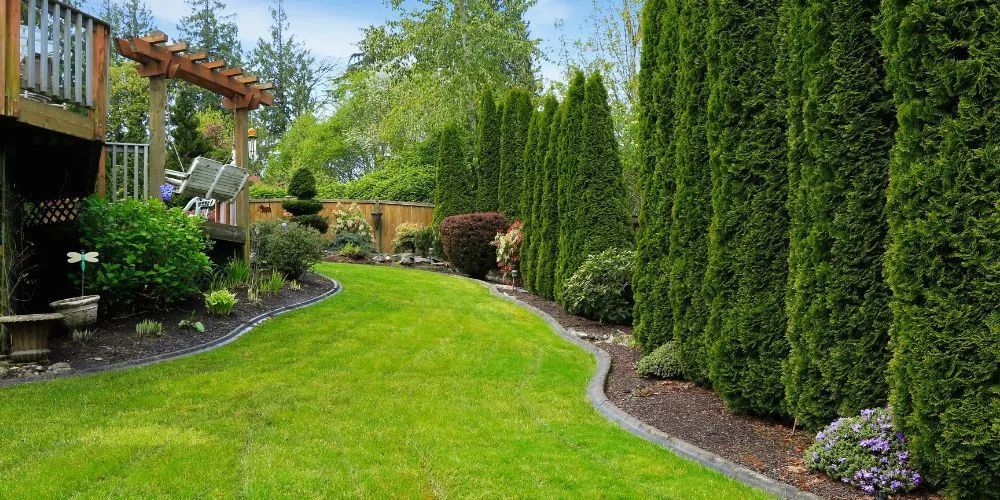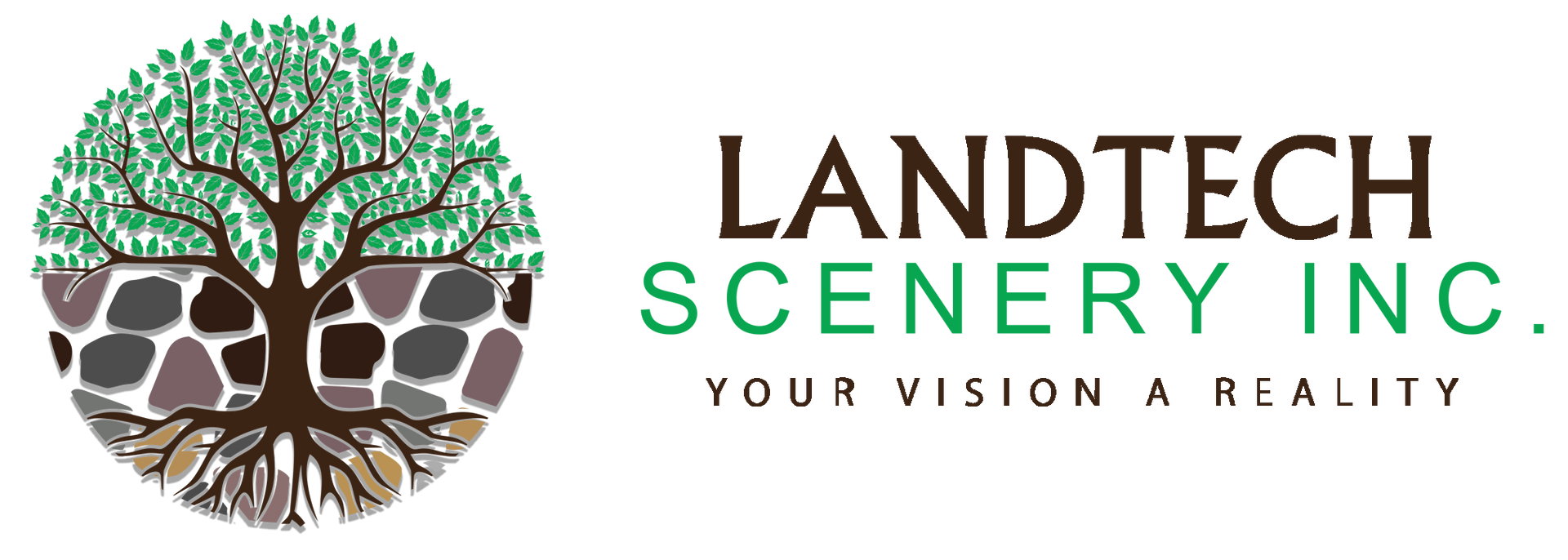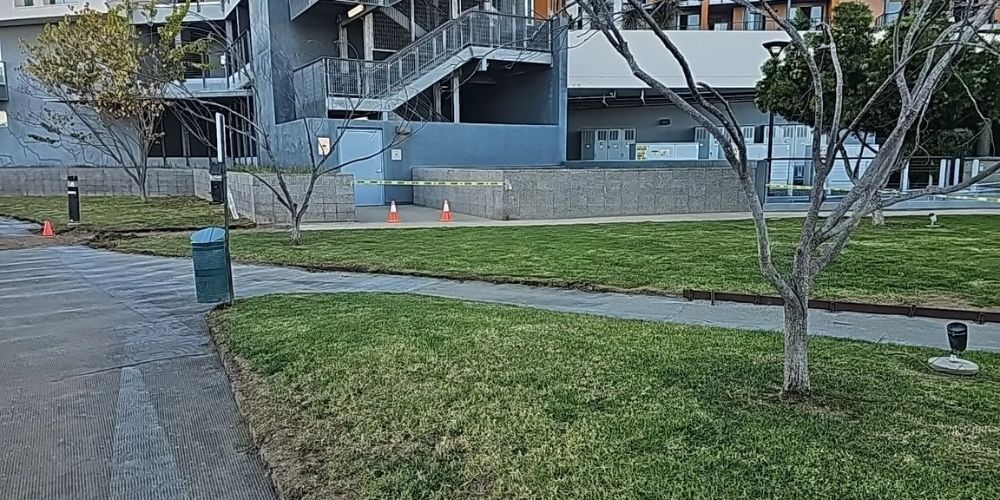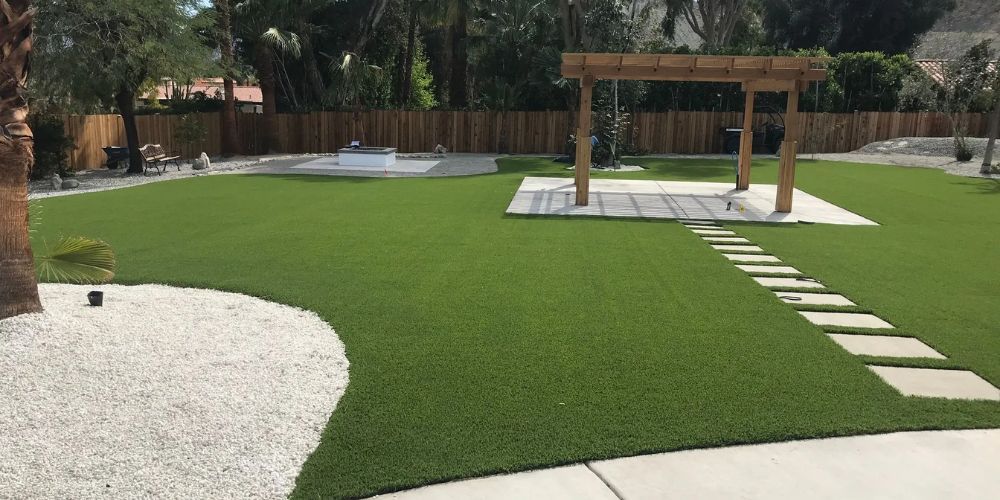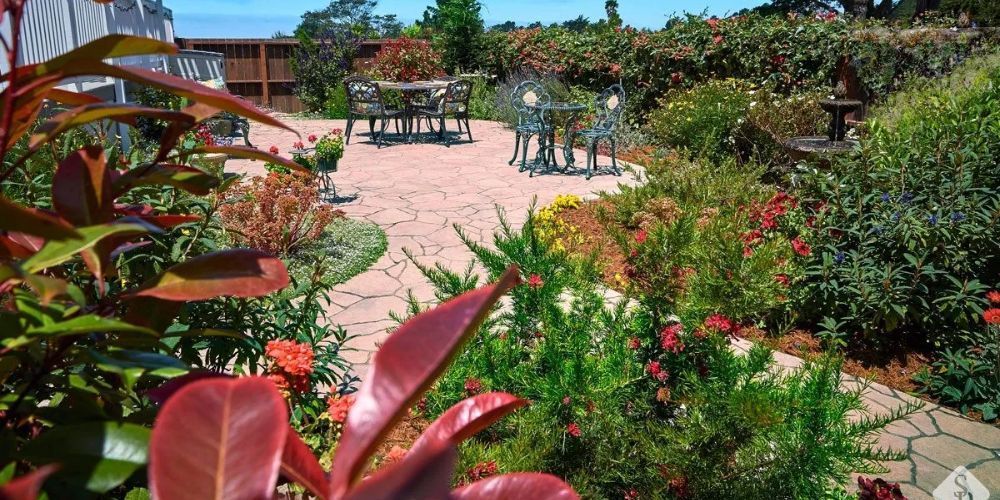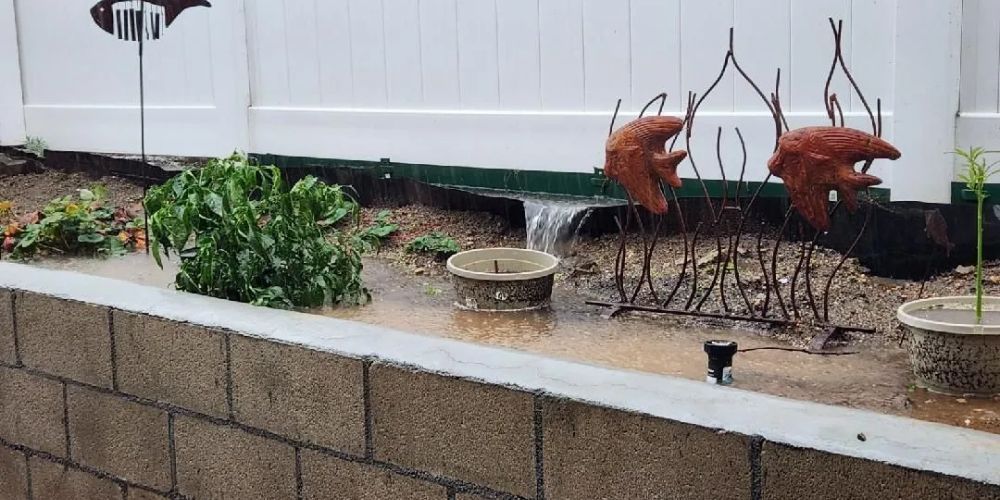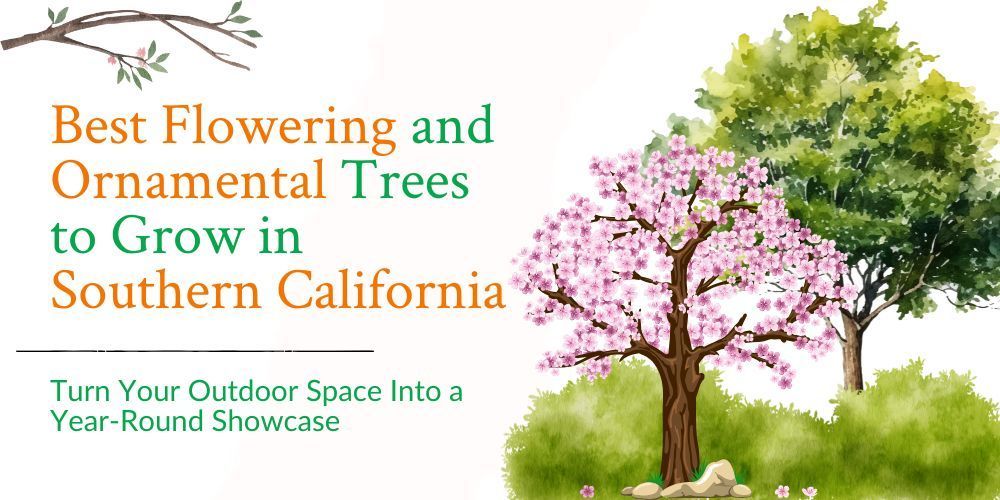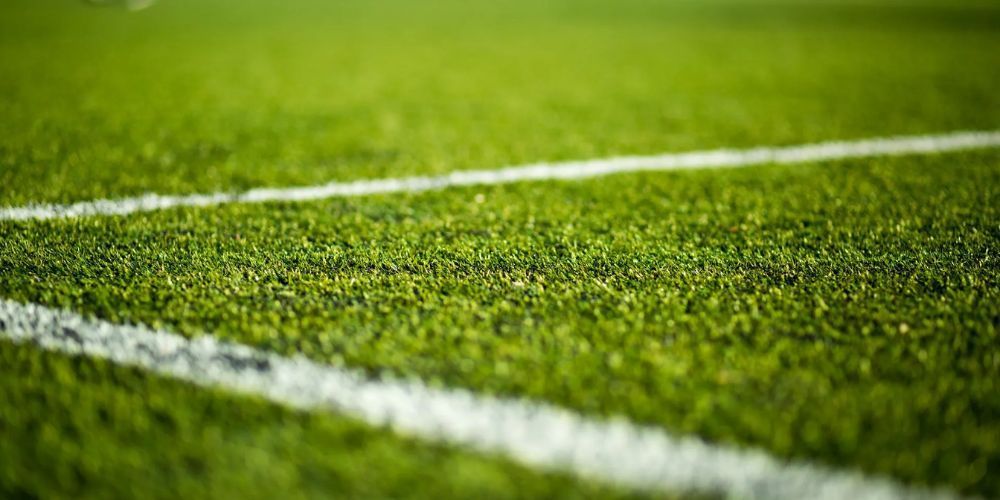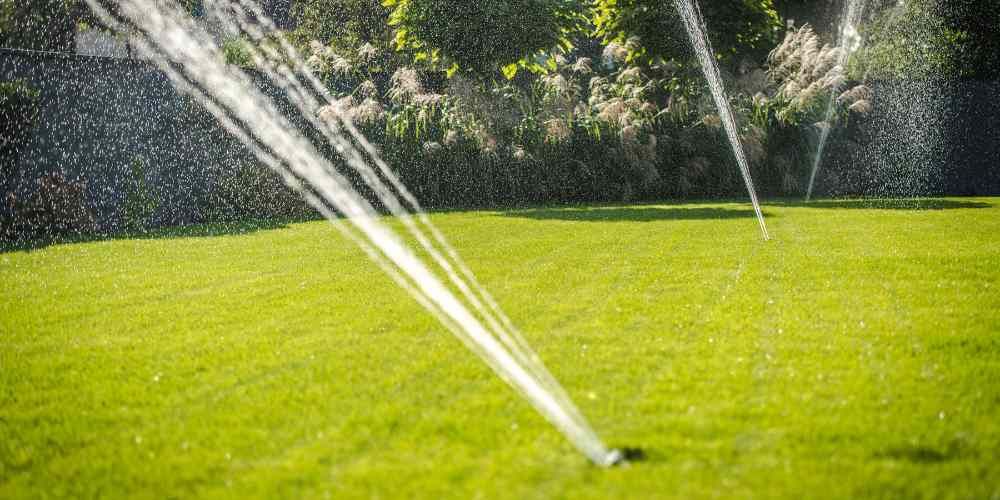A Comprehensive Guide to Understand Hardscaping
Creating a beautiful outdoor retreat in your backyard is a popular aspiration for many homeowners. One of the most effective methods to accomplish this is through hardscaping, which is essential for improving the appearance and usability of your outdoor living area. The steps below will assist you in planning, designing, and carrying out your backyard hardscape installation project.
Key Elements of Hardscaping
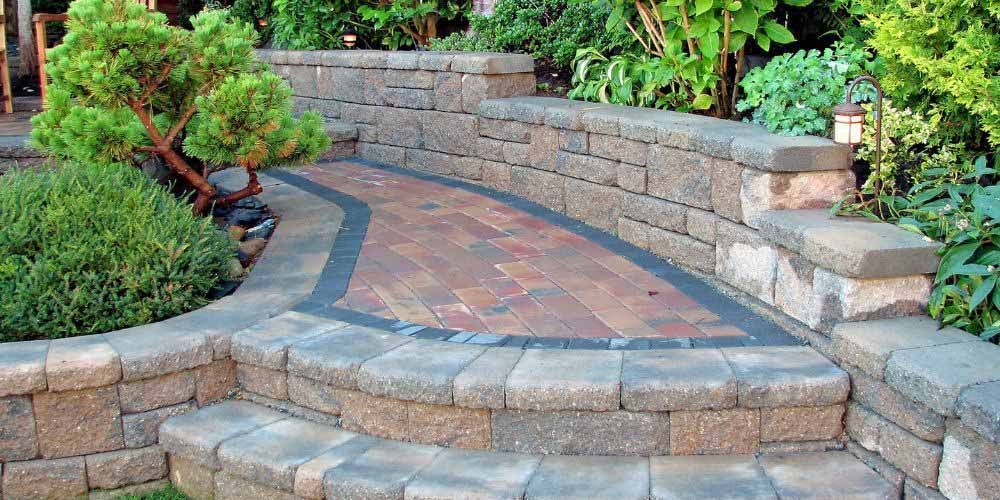
Hardscaping utilizes a broad range of materials. These are some of the most commonly used:
- Stone: Natural stone, be it slate, limestone, or flagstone, offers durability and a timeless beauty to hardscaped areas. Pathways, retaining walls, and other construction projects can be accomplished with stone.
- Brick: As a versatile material, brick provides both durability and a classic aesthetic. Whether it is a walkway, a patio, or even a wall, brick landscaping can enhance any area.
- Concrete: Durable and easy to shape, concrete is a favorite for many hardscaping projects. The versatile nature of this material allows it to mimic other materials by stamping, coloring, or even textured variations.
Types Of Hardscaping
There are various products and materials available for creating a hardscaping design for your outdoor space. Here's an overview of seven types of hardscape installation features:
- Fire pits: Built-in outdoor fireplaces or fire pits made of brick or stone provide functional hardscaping that can enhance the livability and relaxation of your outdoor space.
- Stone pathways: These are typically made of natural stone or concrete pavers. They can give you access to different parts of your garden while preventing the trampling of dirt and keeping your feet clean.
- Retaining walls: These load-bearing walls define the boundaries of a garden on a hill, preventing interference from dirt and water runoff and supporting softscape growth.
- Gazebos and pergolas: These freestanding structures come in various shapes, sizes, materials, and themes, providing shade and shelter during outdoor gatherings and enhancing the livability of your outdoor space.
Design Principles for Hardscaping
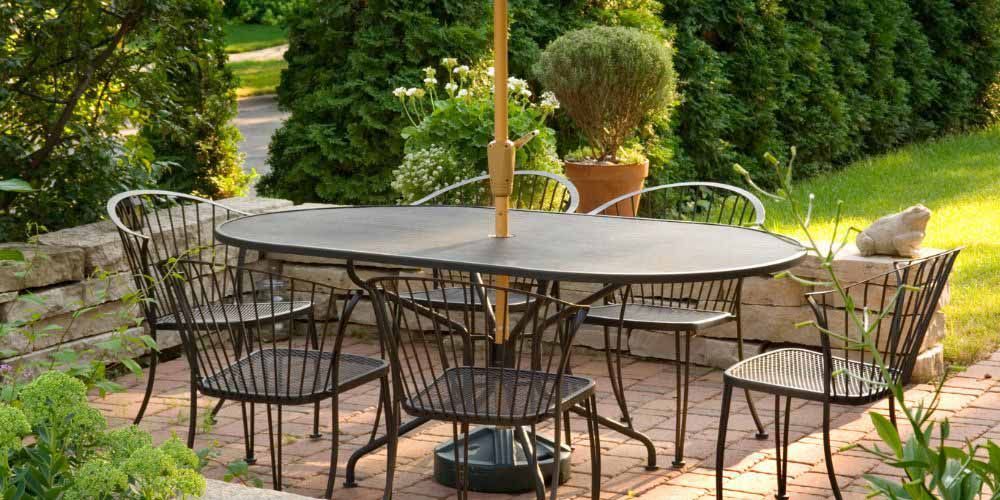
When creating hardscaping features, it's crucial to consider principles like balance, proportion, unity, focal points, and functionality. These principles help ensure that the features are visually appealing, and functional, and blend well with the outdoor space.
Specifically, it's important to distribute elements evenly, maintain harmony with the outdoor space's scale, select complementary materials, use focal points to draw attention and ensure practical functionality while enhancing aesthetics.
Environmental Considerations in Hardscaping
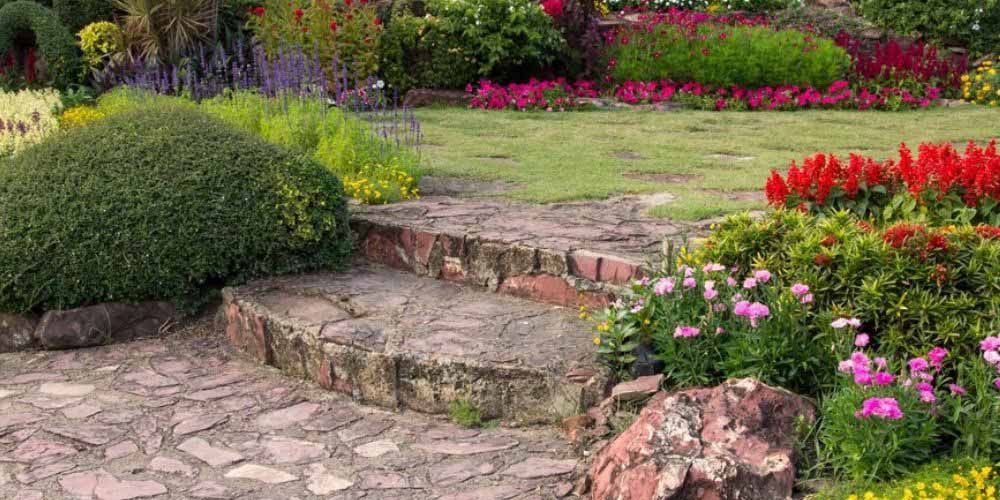
The focus on sustainability and environmental awareness has extended to landscaping practices, including hardscape landscaping. With porous materials, locally sourced materials, water-saving features, native plants, and sustainable practices, hardscaping can provide environmental benefits such as reducing runoff, supporting the local economy, conserving water, promoting biodiversity, and minimizing environmental impact.
Get to know the different materials and techniques available to create cool and functional hardscape landscapers that make your home look awesome and improve your outdoor experience. Plan and design your project carefully, think about proper drainage, and get some experienced folks to help you for the best results. With over 18 years of experience, LandTech Scenery Inc. has been creating beautiful and functional outdoor landscapes. Contact them today to learn more about their design and installation process.
